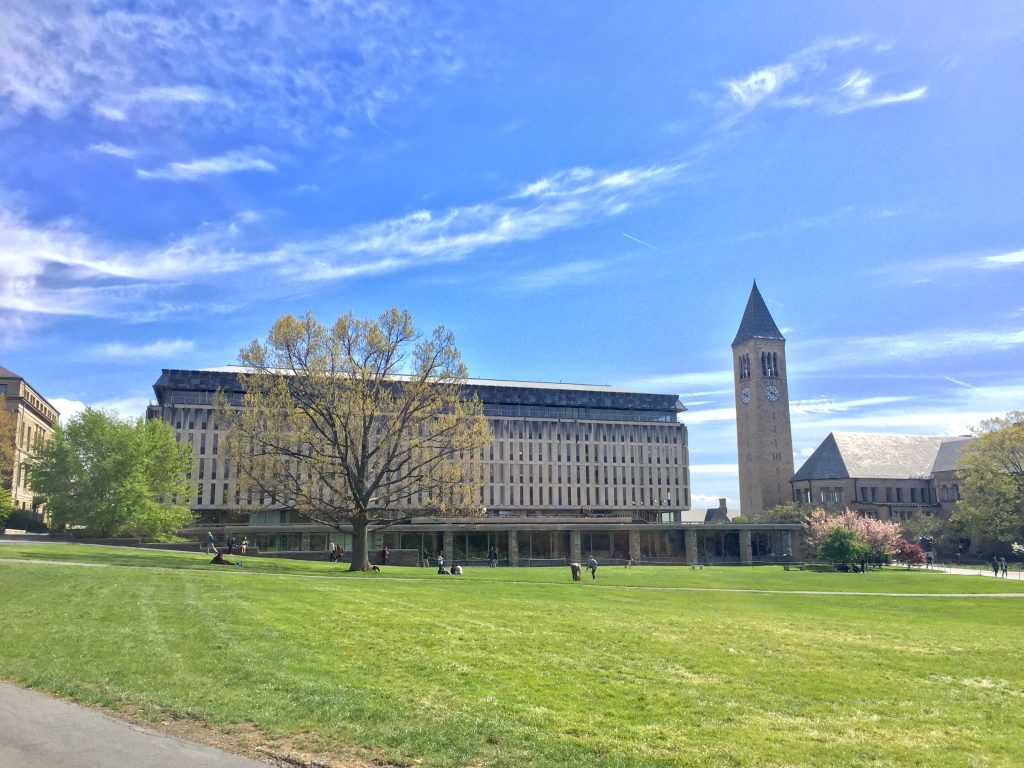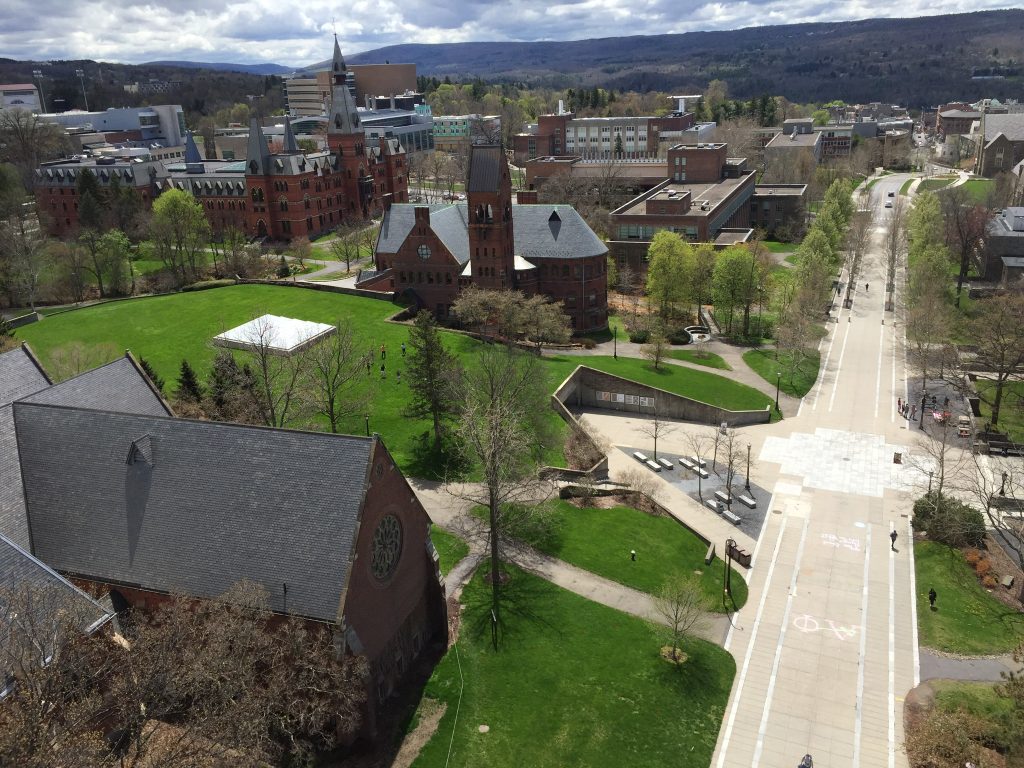
3 years ago
200
Views
Transferring is a long, tedious, and meticulous process - but one that is worth the rewards if successful. You must "really want it" to embark on the journey and put in the effort to balance your existing academic workload while working on transfer college apps. However, if you are able to transfer into the college you hoped for and graduate as one of their alumni, it is well worth the effort put in.
My Journey
I started my Freshman year at Stony Brook University in Long Island, NY where I majored in Electrical Engineering. Stony Brook is an amazing school for STEM and you are surrounded by brilliant students and professors alike. However, my dream school had always been Cornell University. The academics, campus life, and opportunities it provides were what I wanted to pursue (great campus dining helped too)...Cornell had always been my #1 school - and my sister went there as well.
I applied to Cornell as a Senior in High School but was rejected. I knew I wanted to try applying again or would regret it for the rest of my life. Even prior to Day 1 at Stony Brook, I had already decided that I will apply for transfer after gaining some more experience in college.
I wanted to improve my chances as best as I can - working hard to gain a high GPA in Electrical Engineering, joining different clubs, working a 3D printing summer internship between Freshman/Sophomore year, and taking online business courses as part of Harvard Business School Online.
During course selection Freshman year, I was already looking at course curriculums at Cornell and other colleges I was planning to apply to transfer to to make sure my courses aligned to theirs and I could graduate on time if I did get in.
When Sophomore year came around, I started writing transfer college apps and spent many hours revising them as I balanced college apps and finishing school work. I ultimately applied to 4 school's EE program: Cornell, UMich, UIUC, and MIT (ultimately getting in everywhere besides MIT).
Although I knew the acceptance rate for transferring into Cornell's College of Engineering was very low, it didn't bother me since I knew I gave it 100% and would not regret not putting in enough work if I did not get in.
Luckily, I was accepted and spent an amazing 2 years there!
*I eventually found out from my Cornell ECE transfer advisor that 100+ students applied to transfer to the ECE program and only 12 got in!
Advice for Applying to Transfer Colleges
You need to "really want it" since you will be balancing college apps and college coursework
Start early and plan! Make sure the courses you take at your current school aligns with the courses at your target schools
Make good connections with your professors so they will write you good recommendation letters
Don't try to "impress" the admissions committee with your essays - be honest, genuine, and show your personality (I made a joke about NYC's subway in my Cornell essay)
Usual college application stuff - good grades, internships, extracurriculars, etc...
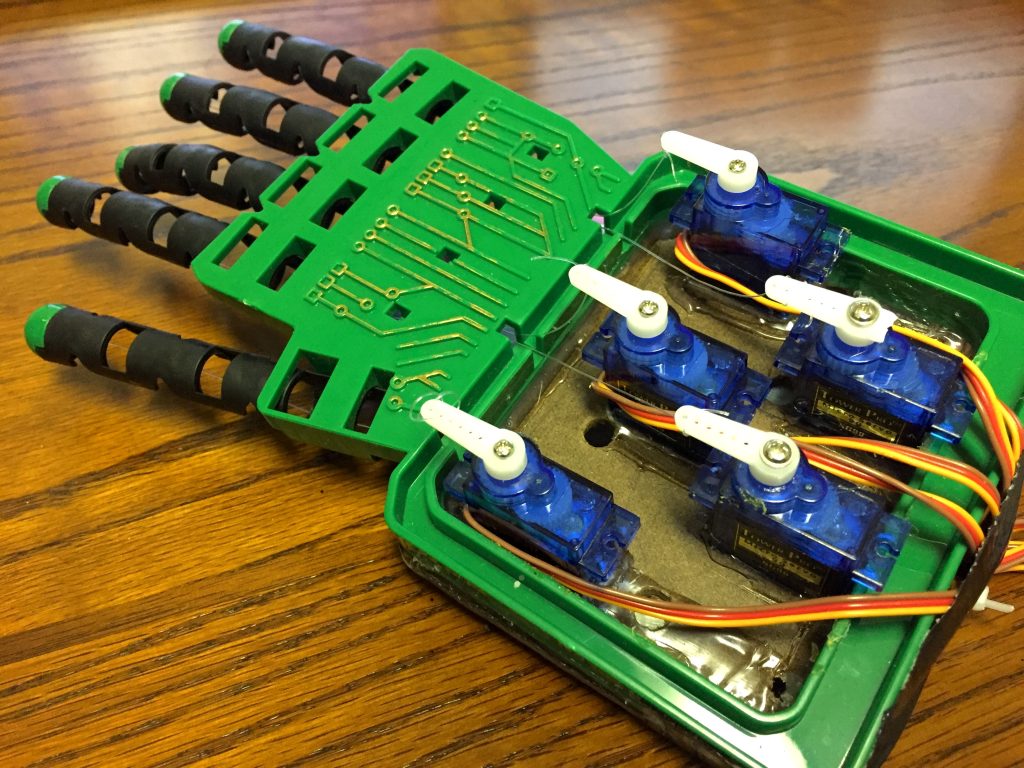
3 years ago
32
Views
For my senior year design project at Cornell, I worked with 2 fellow ECE friends (Srikrishnaa Vadivel '17 and Michael Haidar '17) to create a robotic hand that uses EMG sensors connected to the user's arm. The project was a part of ECE 4760 (Digital Systems Design Using Microcontrollers) - a popular course taught by Bruce Land.
Background
When pressing a finger, muscle contractions in the arm would create electric potential that the EMG sensors would read. Two sensors were placed on the arm - one on the lower left side of the arm and one on the upper right side of the arm (ground was placed on the wrist).
Based on the strength of the EMG reading for each EMG sensor, the microcontroller would determine which finger was pressed and press the corresponding finger on the robotic hand as well.
Results
Final Report
Demo 1
Demo 2
Publications
Hackaday (Dec '16)
Circuit Cellar Magazine (Oct '17)
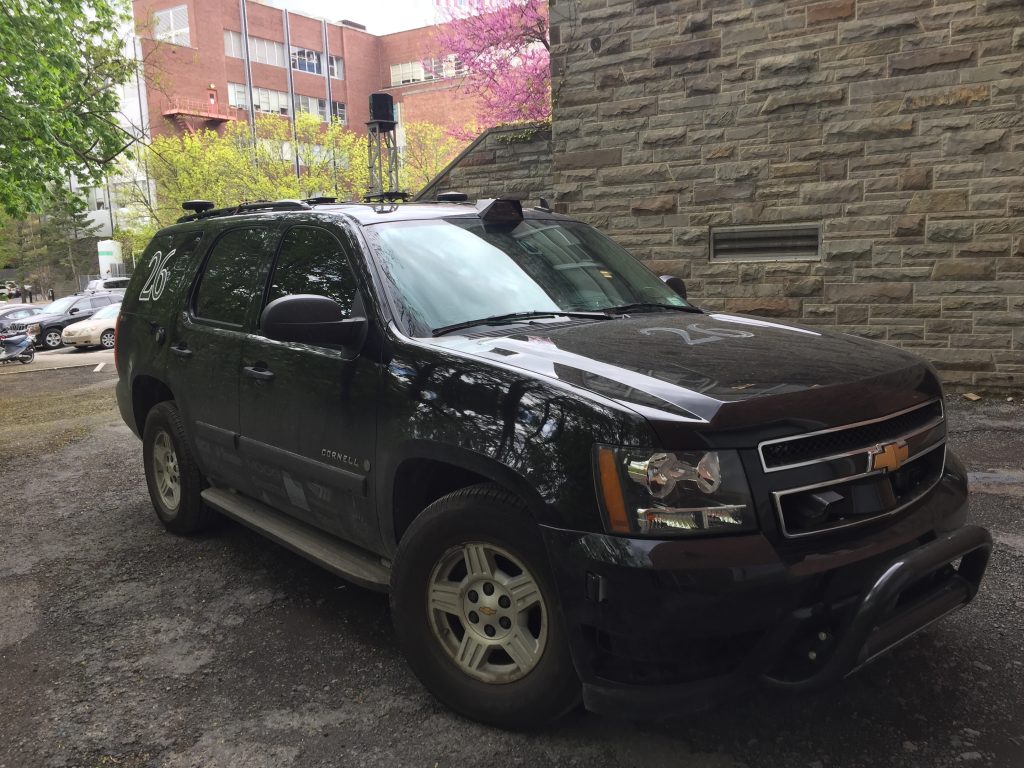
3 years ago
24
Views
I worked on autonomous car research my Senior year at Cornell where I integrated a MobilEye vision sensor into an autonomous car to detect nearby vehicles, lanes, and pedestrians.
MobileEye is a single camera sensor that is placed on the windshield of a car and uses computer vision to detect nearby objects and lanes. The data can then be transmitted to a microcontroller using the CAN bus format (Controller Area Network) - a data protocol used by vehicles. MobilEye cameras were also previously used by Teslas for autonomous driving.
The goal of my research was to implement the MobilEye camera into Cornell's autonomous car (Skynet) that had competed in and finished the DARPA 2007 Urban Challenge.
The objective was comprised of the following:
Develop a system to integrate the sensor with the car
Ensure data from MobilEye came through completely and accurately
Parse the MobilEye data and send it to the autonomous car's algorithms
Embed the data into the autonomous car and display it on the panel
Ultimately, I used an Arduino Due and a CAN bus transmitter to retrieve data from the MobilEye camera. Once the MobilEye data was collected by the Arduino Due, it was parsed with data from the car so that the data format was consistent with other sensor data. The parsed MobilEye data was then sent to a monitor panel that would display the data as visual markings along with data from other sensors in the car.
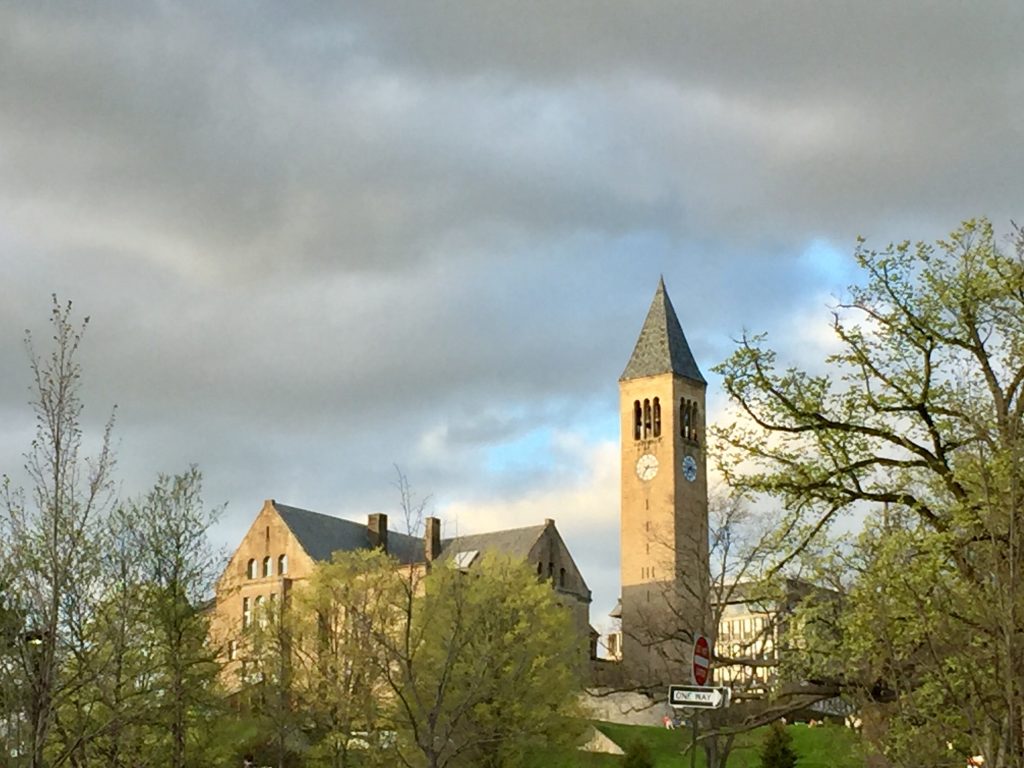
3 years ago
145
Views
Academic Journey
I studied ECE (Electrical & Computer Engineering) at Cornell University and graduated as part of the Class of 2017 with a bachelors degree.
Prior to Cornell, I studied Electrical Engineering at Stony Brook University in Long Island, NY for 2 years before transferring to Cornell. I was at Stony Brook from 2013-2015 and then transferred to Cornell 2015-2017.
A New Perspective
Studying ECE at Cornell was an incredible experience - although difficult and pushed to the limits many times, the ultimate payoff was worth the effort put in.
The biggest takeaway from studying ECE was the way of thinking it instills in you. It teaches you how to break apart problems and think both broadly and deeply.
You are taught to think broadly because you cover so many different topics in ECE - each semester you take new courses that can be fundamentally different from courses you took in the past. You learn how to learn - being able to quickly pick up new concepts and adapt as you go.
You are taught to think deeply because for each topic you learn, you need to truly understand the subject at its core and how to piece together different components to come to a solution.
There is always that "Aha" moment in each course, the moment when halfway through the semester, all the previously segmented pieces of info you learned suddenly 'click' together and you see how they are all interconnected to each other.
The Smartest People you will Meet
One of the most valuable perks of studying ECE at Cornell were the people I met, from fellow ECE classmates to the professors.
The students were some of the smartest people I ever met and they taught me how to think in different ways and I always had the confidence in their intellect. These students were chess masters, dabble in 3D printing at home, read abstract math textbooks for fun...and then there's me.
The professors were also the smartest and most passionate people I had ever met. Their expertise on their subjects dumbfounds me how people can know so much on such complex topics. The professors also had a gift of knowing how to instill that knowledge into students and understanding the student's perspective to help them solve the problem.
One of my most memorable experiences was when a professor aided me in understanding a problem not by telling me the answer, but by asking me questions that I knew the answers to that helped me connect the dots and get the solution by myself. It was very empowering and just shows how well the professors are able to nurture students and guide them on their engineering journey.
